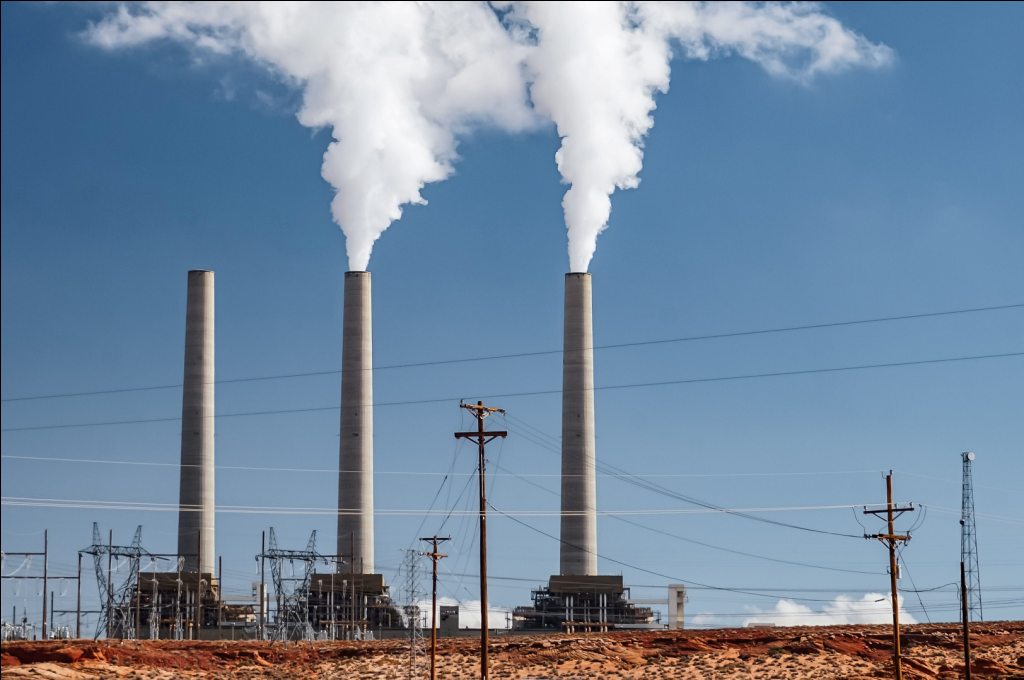Residents of Mumbai and Kolkata can now be alert of poor air quality in advance, all thanks to the Air Quality Early Warning System (AQEWS). This has been developed by the Indian Institute of Tropical Meteorology (IITM), Pune, to monitor and share real-time and forecasted data on PM2.5 and PM10 pollutant levels across the cities every hour. The real-time data and predictions shared by AQEWS are expected to help combat surging air pollution levels.
The fifth India Clean Air Summit (ICAS) was recently hosted in Bengaluru at the Center for Study of Science, Technology and Policy (CSTEP). The summit focused on understanding the impact of climate change on air pollution in the light of Sustainable Development Goals (SDGs) and how to deal with the same. A presentation of AQEWS was made at the three-day Summit, which was held from 23rd to 25th August.
Mumbai and Kolkata are the latest cities to get this facility after Delhi, Pune, Ahmedabad and Bengaluru. Both the cities have critical levels of air pollution.
Dedicated website
IITM has integrated satellite data from a network of 420 air quality monitoring stations across India. A dedicated website has been put together to deliver detailed historical information, real-time data, as well as forecasts on PM2.5 and PM10 emissions across 24 locations in the MMR.
Residents from the Mumbai Metropolitan Region (MMR) which comprises Mumbai City and Mumbai Suburban and parts of neighbouring Palghar, Thane and Raigad districts will be benefitted through this system.
Air Quality Monitoring Stations
Twenty four air quality monitoring stations have been installed at various locations of Mumbai Metropolitan Region including areas like Navy Nagar, Malad West, Borivali East, Deonar, Powai, Mulund West, Bandra Kurla Complex and Chakala along with Mahape, Vasai, Nerul and Kalyan.
Mumbai’s AQEWS tool is available at: ews.tropmet.res.in/mumbai/index.php.
Similarly, 20 Low Cost Sensors have been installed at various locations across Kolkata.
Air pollution in India
The 5th Annual World Air Quality Report released by IQAir, states that roughly 60% of cities in India included in the report recorded annual PM2.5 levels at least seven times higher than the WHO guidelines.
Thermal power plants, vehicular pollution, industrial emissions and burning of wood & fuel for cooking and heating are some of the main causes of air pollution in India.
Impact of air pollution on health
According to the World Health Organization (WHO), “Air pollution is a major and pressing public health threat. WHO estimates that around 7 million people die every year from exposure to fine particles in polluted air that lead to diseases such as stroke, heart disease, lung cancer, chronic obstructive pulmonary diseases and respiratory infections, including pneumonia. Pollutants include particulate matter, carbon monoxide, ozone, nitrogen dioxide and sulphur dioxide.
Both ambient (outdoor) and household (indoor) air pollution are harmful for health. Industry, transportation, coal power plants and household solid fuel usage are major contributors to air pollution. Rising at an alarming rate, air pollution impacts economies and people’s quality of life. It disproportionately affects women, newborn and young children.”
According to World Bank, “Health impacts of Air Pollution include stunting, reduced cognitive development, chronic respiratory diseases, cardiovascular ailments and depression.”


